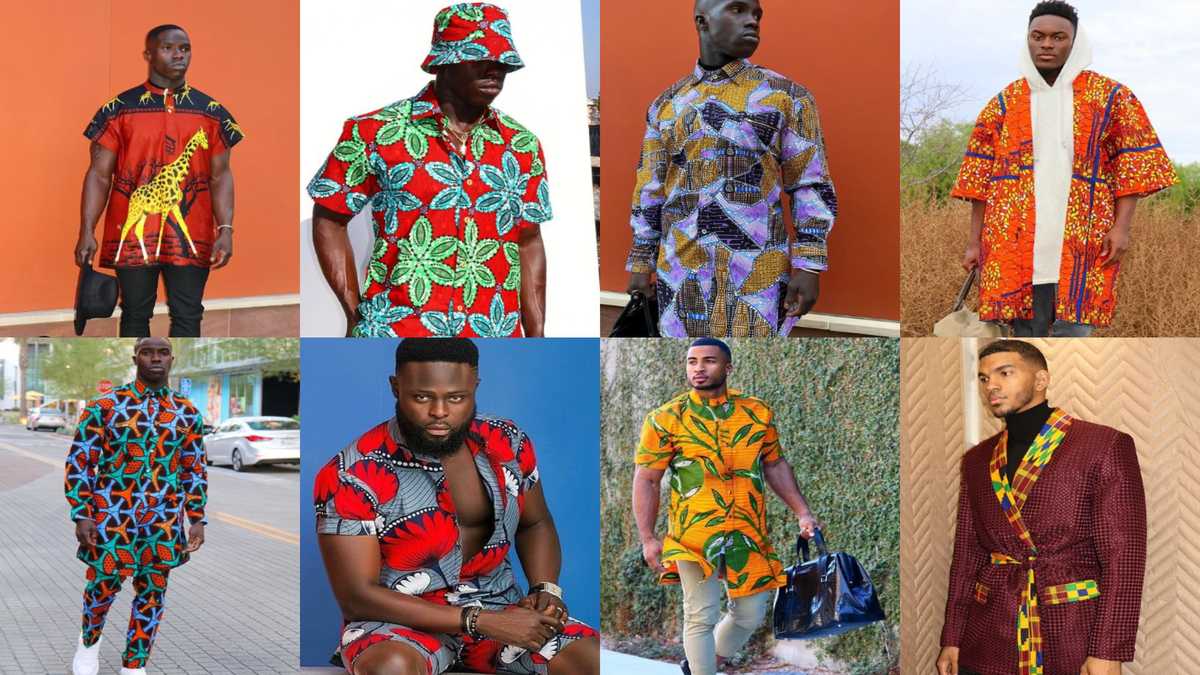
How culture influences lifestyle choices, Culture plays a significant role in shaping how individuals navigate their daily lives. From the clothes we wear to the foods we consume, and even the way we manage our finances, culture influences many of our lifestyle choices. Understanding the impact of culture on lifestyle decisions helps us recognize why certain behaviors or preferences differ across societies and how these differences can create a rich tapestry of diversity. In 2024, cultural influences continue to evolve, impacting the way we think, live, and make decisions.
What is Culture and Its Components?
At its core, culture refers to the collective beliefs, values, customs, and behaviors that define a particular group or society. These elements are passed down through generations, influencing how individuals perceive and interact with the world around them.
Key components of culture include:
- Values and Beliefs: These define what is considered important or morally right within a society. For example, some cultures emphasize family and community, while others prioritize individual achievement.
- Traditions and Rituals: These are often rooted in historical practices and continue to shape behaviors, such as celebrations, religious practices, and social norms.
- Language and Communication: The way people express themselves, including non-verbal cues, is deeply tied to culture.
Together, these cultural elements influence daily decision-making, dictating what is acceptable or preferred behavior in various situations.
The Role of Culture in Daily Lifestyle Choices

Diet and Food Preferences
One of the most visible examples of how culture shapes lifestyle choices is through food. Different cultures have unique cuisines, food preferences, and dietary restrictions that are passed down through generations. For instance, in many Asian cultures, rice is a staple food, while Mediterranean diets are rich in vegetables, olive oil, and seafood. Religious beliefs can also play a role in shaping food choices, as seen with kosher diets in Judaism or halal practices in Islam.
Clothing and Fashion
The way people dress is often a reflection of their cultural values. In some cultures, modesty is highly valued, leading to conservative clothing styles, while others may prioritize fashion trends and self-expression through bold, modern attire. Traditional clothing, such as saris in India or kimonos in Japan, remains a powerful cultural symbol and is often worn during festivals or important ceremonies.
Social Behavior and Relationships
Culture influences how individuals interact with others and what they consider appropriate in social settings. For instance, in collectivist cultures, group harmony and maintaining close relationships with family are emphasized. In contrast, individualistic cultures tend to value independence and personal achievement. Cultural norms also shape how people communicate, with some cultures favoring direct communication while others prefer more subtle or indirect forms of expression.
Work-Life Balance and Career Choices
Cultural attitudes toward work and leisure time vary greatly. In some countries, such as Japan, a strong work ethic and long working hours are deeply ingrained in the culture. Meanwhile, Scandinavian countries emphasize a healthy work-life balance, offering shorter working hours and generous vacation policies. These cultural expectations can shape career paths and how people prioritize their professional lives versus personal fulfillment.
Cultural Influence on Health and Wellness

Approaches to Physical and Mental Well-being
Cultural attitudes toward health and wellness can vary significantly, affecting everything from diet to exercise routines. In some cultures, traditional medicine plays a crucial role in maintaining health, while others rely on modern medical practices. For example, traditional Chinese medicine (TCM) includes practices like acupuncture and herbal remedies, while in Western cultures, people often rely on pharmaceuticals and medical technologies for treatment.
Traditional vs. Modern Health Practices
Some cultures still embrace holistic or natural approaches to healing, while others follow a more scientific approach to wellness. For instance, Ayurvedic medicine, which originated in India, focuses on balancing the body’s natural energies. In contrast, many Western cultures focus on modern healthcare practices that prioritize evidence-based medicine.
Impact of Societal Norms on Health Decisions
Cultural norms also dictate mental health attitudes. In some cultures, seeking help for mental health issues may carry a stigma, leading people to avoid therapy or counseling. In contrast, other cultures promote mental well-being and encourage open discussions about mental health challenges. The way people respond to stress, handle illnesses, and seek health-related information is often rooted in their cultural upbringing.
How Culture Shapes Financial Habits
Spending vs. Saving Culture
Financial decisions are another area where cultural values come into play. Some cultures emphasize saving and long-term financial security, while others encourage spending to enjoy life’s experiences. For instance, in cultures that value frugality, such as in Germany, people may focus on saving for the future, whereas in more consumer-driven societies, there may be a greater emphasis on spending to enjoy the present moment.
Cultural Background on Financial Goals and Priorities
Financial goals are often influenced by a person’s upbringing and cultural background. For example, some cultures place a high value on owning property as a sign of success, while others may prioritize traveling, education, or investing in businesses. Financial priorities can vary greatly depending on whether a culture views wealth as a means to an end or as a necessary foundation for social standing.
Example: Minimalist vs. Materialistic Approaches
Minimalism, which advocates for simple living with fewer possessions, is rooted in the cultural practices of some Asian countries like Japan. On the other hand, materialism is more common in cultures where status and wealth are symbolized through the accumulation of goods, as seen in Western consumer-driven societies.
Globalization and Cross-Cultural Influences on Lifestyles
How Interconnectedness is Blending Cultures
In today’s world, globalization has created a more interconnected society, where cultures increasingly influence each other. Through travel, media, and the internet, people are exposed to diverse cultural practices, which often blend with their own. This cultural fusion leads to the adoption of new lifestyle choices, from trying new foods to adopting foreign fashion trends.
The Rise of Cultural Fusion in Lifestyle Choices
As cultures continue to mix, we see the emergence of new trends in lifestyle choices that combine elements from different parts of the world. For example, fusion cuisine, where ingredients and techniques from various cultures are combined, is becoming more popular. In fashion, we see the blending of traditional styles with modern elements, creating innovative designs that reflect a globalized world.
Examples of Cultural Adaptation in 2024
In 2024, we see how individuals adapt their lifestyle choices based on cross-cultural influences. For example, sustainability is a growing global concern, and many cultures are incorporating eco-friendly practices into their daily routines. Whether it’s embracing vegetarianism, reducing waste, or supporting fair trade, lifestyle choices are increasingly shaped by global cultural trends that prioritize environmental responsibility.
Conclusion
Culture is a powerful force that shapes the decisions we make in every aspect of our lives, from our health and financial habits to the way we socialize and dress. In 2024, cultural influences are evolving, driven by both tradition and the increasing interconnectedness of the world. By understanding these cultural forces, individuals can make informed lifestyle choices that reflect their personal values while respecting the diverse practices around them.




